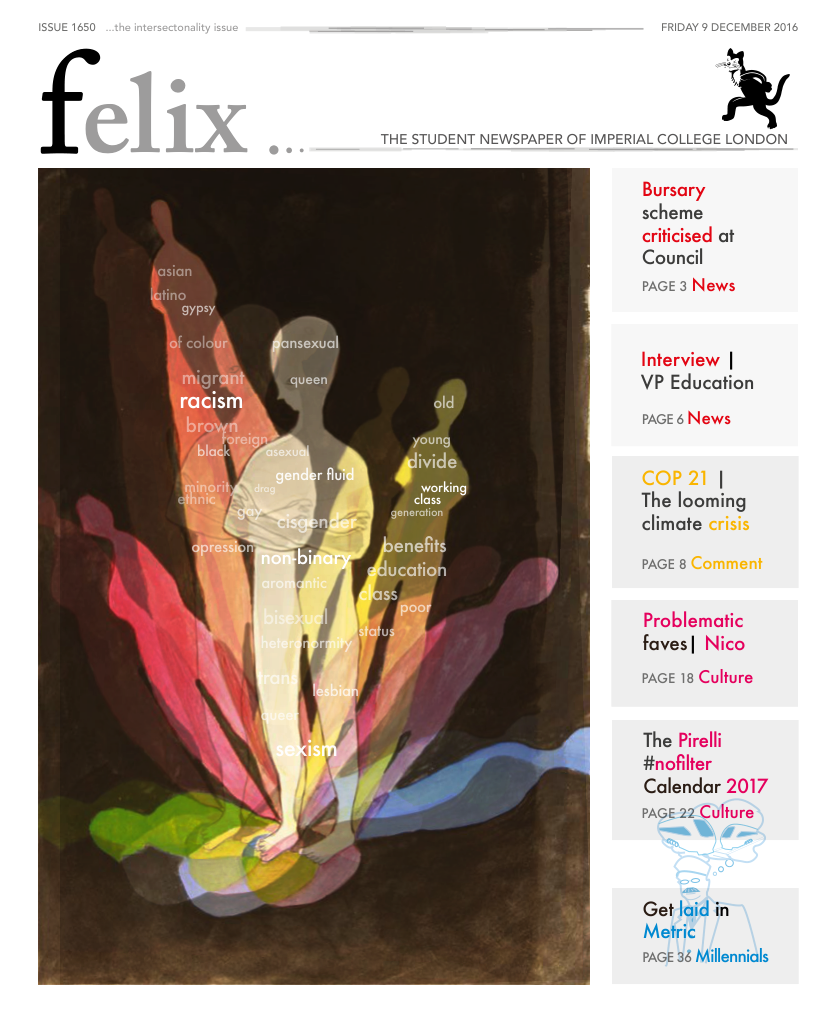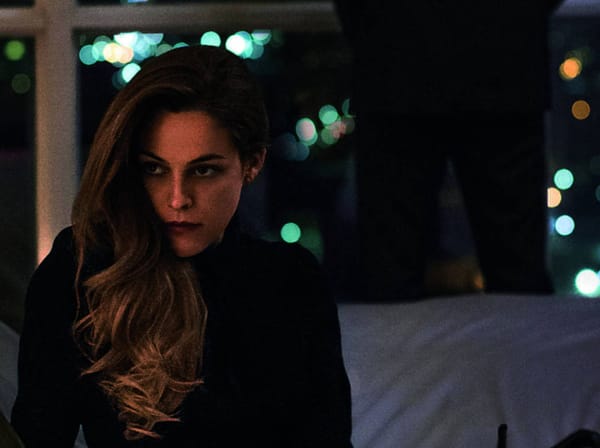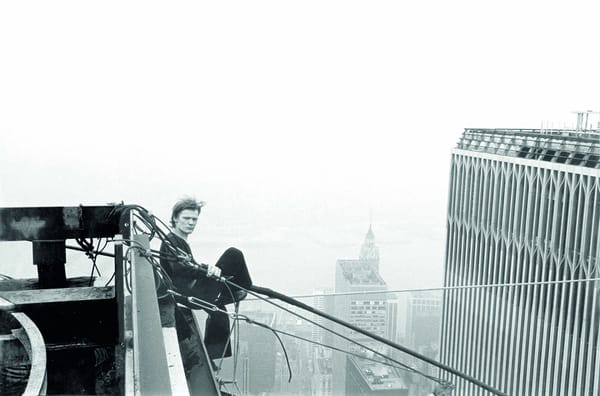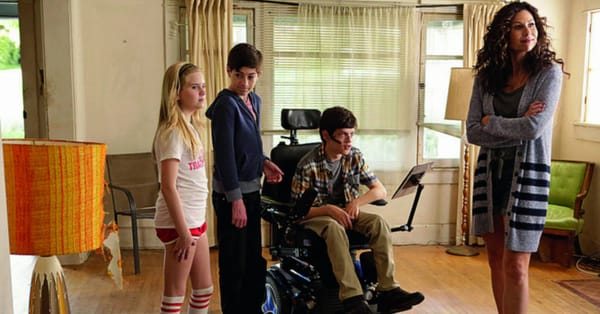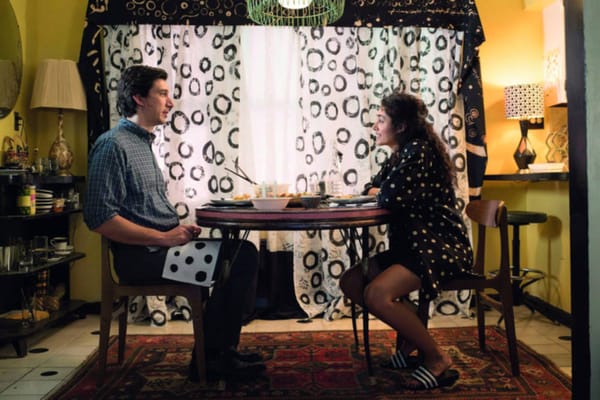The disquieting strangeness of Blue Velvet
David Lynch’s Blue Velvet, being reissued for the 30th anniversary this month, introduced the world to the themes that would run through the director’s work for the next three decades. A stunning world of glamour and grime, Blue Velvet is a masterpiece.
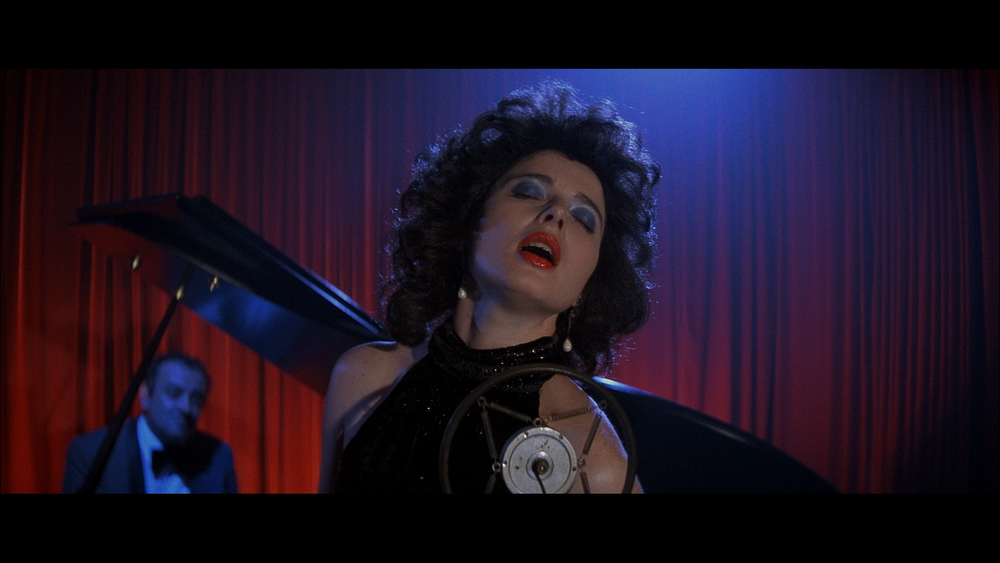
Degraded, slapped around, humiliated and undressed in front of the camera” wrote Roger Ebert, esteemed American film reviewer, of Isabella Rossellini’s performance in David Lynch’s 1986 film Blue Velvet. “When you ask an actress to endure those experiences, you should keep your side of the bargain by putting her in an important film.” Ebert’s feelings on the film – which were resoundingly negative – were unchanged up until his death in 2013, but clearly many people disagree: last week saw the re-release of the 30th anniversary edition of Blue Velvet. Today, Blue Velvet stands among one of the greatest films of the 1980s, and marked a turning point in David Lynch’s illustrious and beguiling career. Call it masochistic, pretentious, or even misogynistic if you want – just don’t call it unimportant.
Blue Velvet revolves around the duality of everyday life, inviting us to take a peek underneath the surface of the Reaganesque fantasy of the American dream. In its much-loved opening sequence, we are introduced to a world of white picket fences, smiling firemen, and lush green lawns. This is dramatically interrupted when a man watering his front garden suddenly collapses; the hose spurts serpentine arcs of water as the man lies helpless in the mud.
We find out that this man is the father of Jeffrey Beaumont, played by long-time Lynch collaborator Kyle MacLachlan, who is made to return to Lumberton, North Carolina – a town whose radio station welcomes us with a dawn chorus of “logs, logs, logs!”. On the way back from the hospital he stumbles across a severed human ear, and this is the point where his troubles begin. Pretty soon he finds himself trapped between two different women: the sweet girl-next-door, Sandy (Laura Dern), daughter of the local detective; and Dorothy Vallens (Isabella Rossellini), an abused nightclub singer, whose husband and child have been taken hostage. Jeffrey soon finds himself tripping down a rabbit hole of secrets, unearthing the dark elements of society that lurk just beneath a well-to-do façade, and running into Frank Booth (Dennis Hopper), a vicious psychopath who huffs on amyl nitrite and violently abuses Dorothy. While another director may take a straightforward approach to the plotline, Lynch eschews easy resolution, instead subverting the film noir genre to create a finished piece where nothing quite adds up. Certain characters pop up in a single scene, and then are never seen again, while some loose ends remain untied by the time the credits roll, in an intentional attempt to challenge the viewer.
From the very beginning of Blue Velvet, Lynch sets out a template of themes that he has followed over the last three decades: the ugly underbelly of of violence lying behind polite society that’s running through 1990’s Wild at Heart; the portrayal of a small town riddled with dark secrets that forms the backbone of his TV series Twin Peaks; and the idea of double identity, which he has returned to again and again, most obviously in his 2001 magnum opus, Mulholland Drive.
Lynch’s world is one that is defined by the establishment of dichotomies. In Blue Velvet we have the two protagonists, Jeffrey and Sandy, who exude an all-American charm, a tremendous vitality that seems to come from a diet of red meat, milk and wholesomeness. They are contrasted dramatically with the sleazy, sad coupling of Frank and Dorothy, a relationship defined by rape and abuse. There’s even a schism spatially, with Lumberton split right down the middle by Lincoln Avenue, which marks the meeting points of the calm suburban world of wine and roses, and the run-down apartment blocks and abandoned factories that mark the other side of town. But while the first half hour of the film sets up these archetypical characters, Lynch spends the remainder of the film demolishing all boundaries between the two worlds, bringing them crashing together in a disorientating maelstrom. It’s the same technique he uses in Mulholland Drive, when the two separate plotlines begin to coincide with each other, or in Twin Peaks, where the lines between the natural and supernatural bleed into each other.
Similarly, Lynch sets up a visual dichotomy, with the deep blues of club interiors playing off against the red curtains that would become a signature element of his films. Darkness and light play key roles in the film: when we are first introduced to Sandy, she comes shining out of the dark like a beacon of hope, while the film’s seemingly happy conclusion is marked by a brilliant flash of white. For Lynch, visual motifs are more than mere aesthetic elements, but instead reflect a deeper, symbolic meaning, that has made his work ripe for interpretation – from Michael Atkinson’s Freudian take on Blue Velvet to Laura Mulvey’s argument that the central trio of Frank, Dorothy, and Jeffrey represent the Oedipal family unit. Like the French director Alain Resnais, Lynch’s work refuses to conform to a single explanation, making it all the richer.
Where Blue Velvet is perhaps most important, however, is in its soundtrack: the film marked the first collaboration between Lynch and composer Angelo Badalamenti, with whom he would work again and again. Badalamenti composed half of the tracks on the soundtrack, which create an eerie soundscape that weaves its course throughout the film, never overplaying its hand; for the remainder of the tracks, Badalamenti chose a series of vintage pop songs, which perfectly accentuate the physical violence that is happening on screen. Badalamenti would go on to work with Lynch in five of his films and – most notably – in his TV series Twin Peaks, whose soundtrack has since reached cult status, and was reissued this year on Death Waltz records. While David Lynch’s career may have properly gotten started with Eraserhead, his first feature film, made in 1977, it wasn’t until Blue Velvet that he set down the off-kilter template he continues to follow to this day. Navigating between the worlds of surrealism and naturalism, Lynch’s work achieves a sense of unease that no other director working today can match. Blue Velvet is a stunning film; beautiful, meaningful, and most definitely important.


